The Astonishing Double-Slit Experiment in Quantum Physics
Written on
Chapter 1: Introduction to Quantum Weirdness
The double-slit experiment in quantum physics is nothing short of astonishing. Having conducted this experiment myself, I can attest to its bizarre nature, encapsulating many of the strange principles of quantum mechanics. Allow me to walk you through this extraordinary phenomenon, whether you're encountering it for the first time or revisiting it.
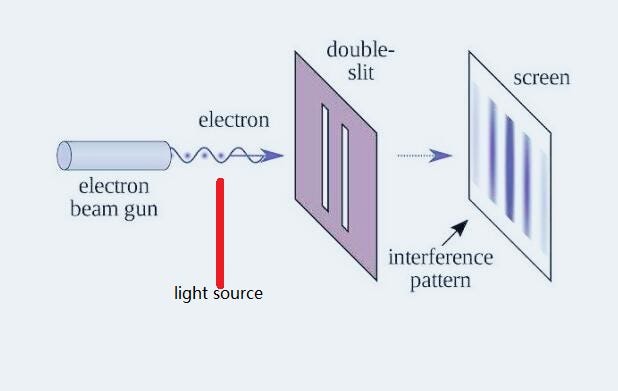
The Setup: Particles vs. Waves
In classical mechanics, particles like bullets travel through slits, creating distinct bands on a screen or detector:
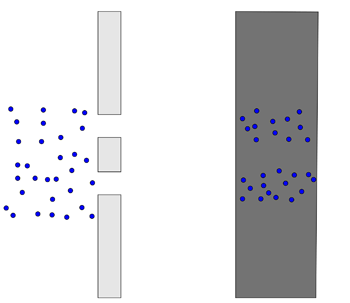
Conversely, waves interfere with one another, producing an 'interference pattern' characterized by multiple fringes, as observed in various mediums such as water and sound:
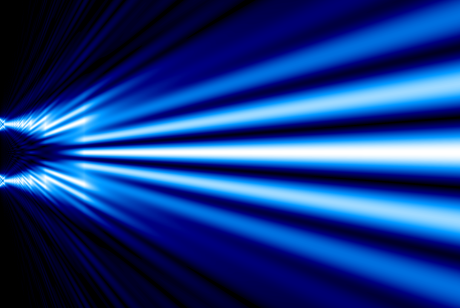
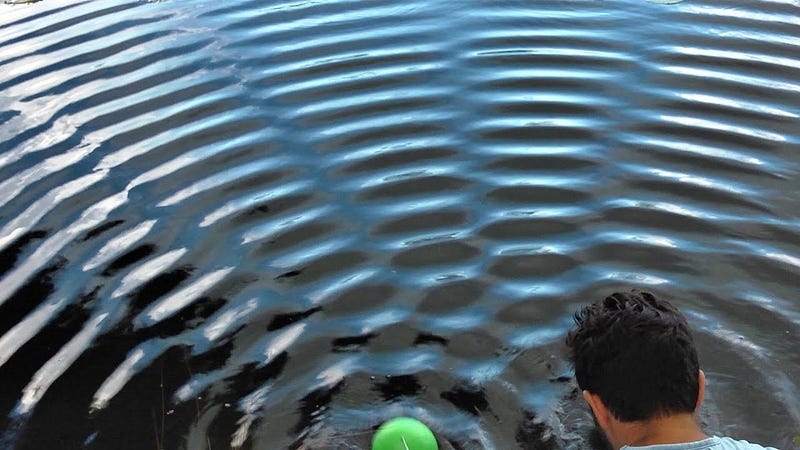
Particles Acting Like Waves
Interestingly, when we examine tiny sub-atomic particles, they too exhibit wave-like characteristics, a revelation that shocked the scientific community in the early 20th century.
The question arises: Why would particles behave as waves, especially in a vacuum where their numbers are often insufficient to create a medium? While the wave-like behavior of light was understood due to pre-existing theories, the same could not be initially accepted for particles.
Persistence at Ultra-Low Intensity
What’s even more perplexing is that the wave effects remain observable even when the beam intensity is reduced to the point where only a single particle is present in the system at any moment.
How can wave patterns persist if a particle can only pass through one slit at a time? Logically, one would assume that individual particles cannot interfere with themselves. Yet, despite the absence of detectable incoming waves or interactions, the interference pattern continues to emerge, defying conventional wisdom.
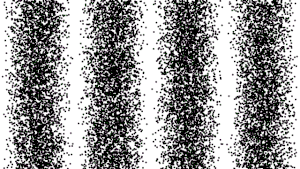
The wave patterns that develop correspond to a wavelength predicted by the De Broglie equation, which relates the wavelength inversely to the particle's momentum.
The Unexplainable Behavior
The strange behavior of particles in this context raises numerous questions. For example, the intensity pattern observed when both slits are open does not equal the sum of the individual patterns from each slit when tested separately.
When both slits are available, the intensity at certain points decreases, even though logically, providing more pathways should increase the overall intensity.
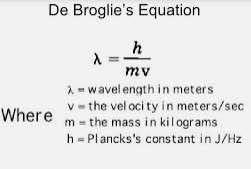
The Measurement Dilemma
Attempts to measure which slit a particle passes through result in the immediate disappearance of the interference pattern, leaving behind only the sum of the two single-slit patterns. This indicates that the act of measurement itself alters the outcome, a concept that is fundamentally unsettling.
Quantum mechanics, through Schrödinger's equation, offers an explanation: the wavefunction collapses from a superposition of possibilities to a singular outcome when it interacts with the detection screen. This paradox has been a point of contention for many, including Einstein, who famously debated with Bohr over the implications of quantum theory.
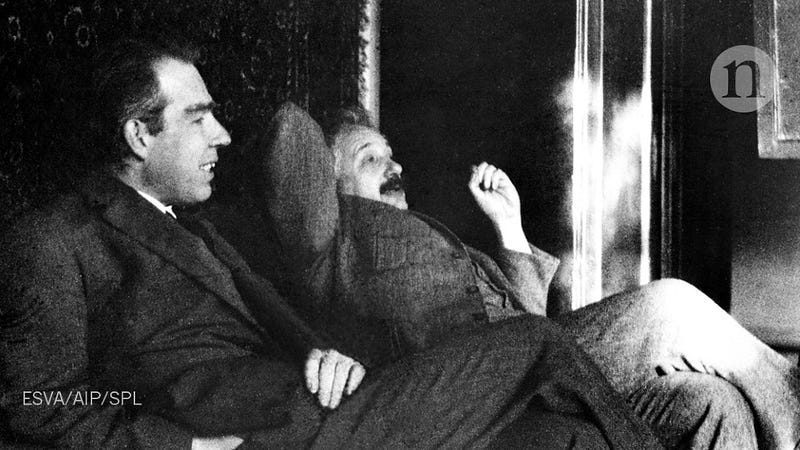
The Role of Quantum Superposition
Ultimately, this leads us to conclude that particles inherently display wave characteristics, with their paths dictated by the probabilistic nature of the wavefunction relevant to the experiment. Light behaves similarly, reflecting the quantum mechanical properties of photons rather than traditional mechanical waves.
Exploring Pilot Waves and Non-Determinism
While some theorists, like David Bohm, have attempted to offer deterministic explanations through the concept of 'pilot waves,' empirical evidence, such as the Alan Aspect experiment concerning the EPR paradox, suggests that the universe operates fundamentally outside deterministic frameworks.
Personal Experience with the Experiment
In an effort to support my AI startup, I returned to my alma mater as a lab tutor, allowing me to participate once more in the double-slit experiment. We adjusted the laser so that only one photon was present in the system at a time, confirming the astonishing results of individual photon detection through a photomultiplier.
The data collected illustrated a series of fringes, further emphasizing the non-additive nature of single-slit patterns when both slits were open. The experience reinforced my belief that quantum superposition lies at the heart of many quantum phenomena.
Conclusion: The Mystery of Quantum Physics
In pondering the implications of the double-slit experiment, one cannot help but marvel at the idea that opening a second slit can drastically alter particle behavior, even when only one particle exists within the system. This phenomenon hints at a deeper understanding of reality, leading to questions about the nature of existence itself.
What are your thoughts on this mind-bending experiment?
Chapter 2: Visualizing the Double-Slit Experiment
In this video, the creator demonstrates the double-slit experiment conducted at home, showcasing the baffling results firsthand.
This second video delves into the principles of quantum mechanics and the double-slit experiment, providing further insight into this fascinating topic.